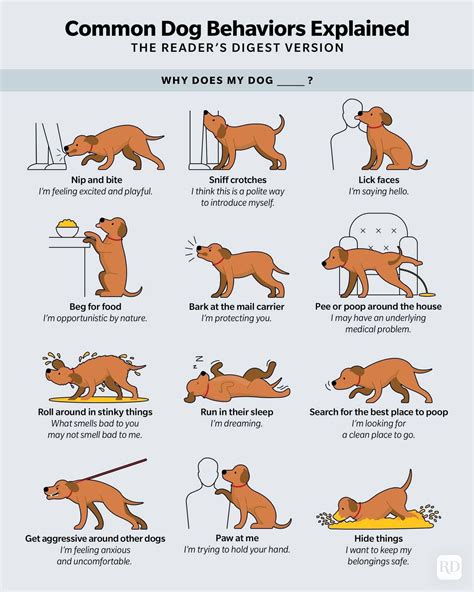Each year, the month of February is designated as Dog Behavior Awareness Month, a time dedicated to promoting responsible dog ownership and educating the public about canine behavior. This movement aims to foster a harmonious coexistence between humans and their canine companions by raising awareness about the importance of understanding dog behavior and addressing common issues.

Understanding Dog Behavior: A Key to Harmony
Understanding dog behavior is crucial for building a strong and fulfilling bond with your pet. It allows you to interpret their actions, respond appropriately, and address any potential challenges. According to the American Kennel Club (AKC), “Dogs communicate their needs and emotions through a combination of body language, vocalizations, and scent.”
Key Components of Dog Behavior:
- Body Language: Tail wagging, ear position, and body posture convey a range of emotions, from happiness to fear.
- Vocalizations: Barking, whining, and growling are forms of communication that indicate various states, including excitement, anxiety, or aggression.
- Scent Marking: Dogs use urine, feces, and body secretions to mark their territory and communicate with other dogs.
Common Dog Behavior Issues and Solutions
1. Aggression:
Aggression in dogs can stem from fear, anxiety, or a perceived threat. To address this, seek professional help from a certified dog trainer or veterinarian.
2. Destructive Behavior:
Destructive behavior, such as chewing or digging, can be a sign of boredom, anxiety, or inadequate exercise. Provide plenty of mental and physical stimulation to prevent this behavior.
3. Separation Anxiety:
Separation anxiety occurs when dogs experience distress when left alone. Gradual exposure to being alone, combined with positive reinforcement, can help alleviate this issue.
4. Fear and Phobias:
Fear and phobias can be triggered by specific stimuli, such as loud noises or strangers. Gradual desensitization and counter-conditioning techniques can help dogs overcome these fears.
5. Excessive Barking:
Excessive barking can be a nuisance and a sign of underlying anxiety or boredom. Provide your dog with adequate mental and physical stimulation, and seek professional help if needed.
Importance of Dog Behavior Awareness
1. Safety:
Understanding dog behavior helps prevent accidents and injuries. Recognizing signs of aggression or fear allows owners to take appropriate precautions.
2. Effective Communication:
Communication is key for a harmonious relationship. By understanding your dog’s behavior, you can respond effectively to their needs and emotions.
3. Bonding and Trust:
When you understand your dog’s actions, you build a stronger bond based on trust and mutual respect.
4. Early Detection of Health Issues:
Changes in behavior can sometimes indicate underlying health problems. Regular monitoring and understanding of your dog’s behavior can help detect potential issues early on.
Benefits of Dog Behavior Awareness
1. Reduced Stress for Dogs:
Understanding dog behavior allows owners to provide a stress-free environment that meets their needs.
2. Improved Relationship with Owners:
Effective communication and understanding foster a strong and fulfilling relationship between owners and their canine companions.
3. Responsible Dog Ownership:
Dog behavior awareness promotes responsible ownership by encouraging owners to address potential issues and provide appropriate care and training.
Market Insights: Dog Behavior Services
The demand for dog behavior services has been growing in recent years. According to the American Pet Products Association (APPA), “the pet industry is expected to reach $123.6 billion in sales in 2023.” This includes a significant portion dedicated to dog behavior training, therapy, and rehabilitation.
How to Stand Out in the Dog Behavior Market
1. Specialization:
Offer specialized services in specific areas of dog behavior, such as aggression, anxiety, or training for specific purposes.
2. Certifications and Training:
Obtain industry-recognized certifications and continue your education to stay up-to-date on the latest research and techniques.
3. Personalized Approach:
Tailor your approach to each individual dog and their specific needs. Avoid generic training programs and focus on customized solutions.
4. Positive Reinforcement:
Emphasize positive reinforcement techniques that focus on rewarding desired behaviors rather than punishing unwanted actions.
Conclusion
Dog Behavior Awareness Month 2025 is an opportunity to shed light on the importance of understanding our canine companions. By fostering awareness, we can promote responsible dog ownership, build stronger bonds with our dogs, and create a more harmonious and safe environment for both humans and their furry friends.





















